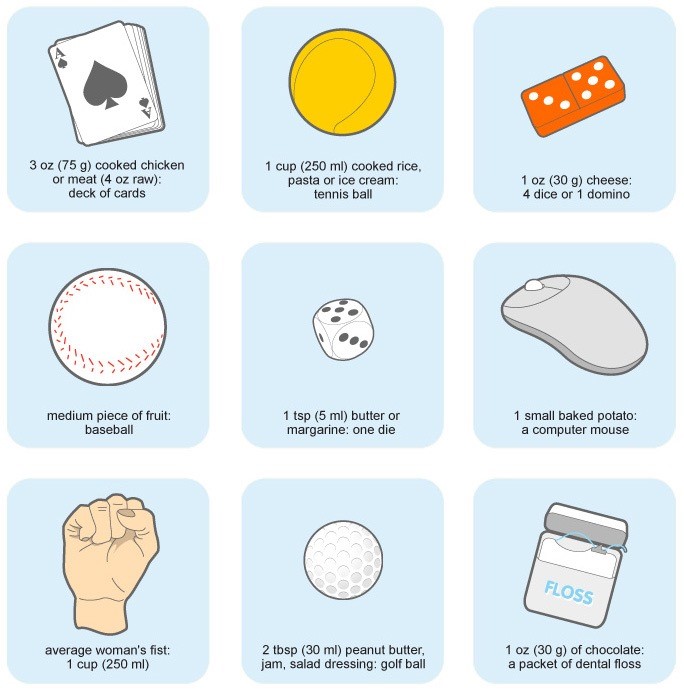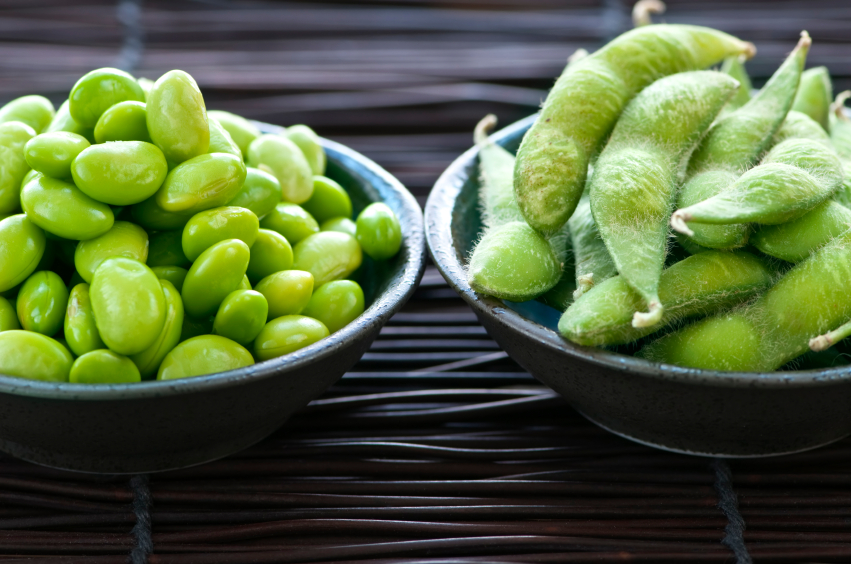When it comes to losing weight and then keeping it off long term, portion sizes are key. What we tend to ignore are the alarming ways in which we eat extra calories numerous times throughout the day. A slightly larger slice of toast, an extra teaspoon or two of dressing or simply eating from larger plates are just a few of the ways in which our portions tend to gradually increase over time, along with our weight.
No need to panic! The good news is that once you begin to understand what an appropriate portion size is, it becomes easy to cut back on the quantity of food being eaten. This can ultimately lead to life-changing results!
Tips to Control Portions
Don't skip meals
When we become overly hungry, we tend to eat larger portions. Try to avoid going longer than 5 hours without eating. If possible, try to incorporate healthy snacks such as fruits, vegetables, or nuts throughout your day in order to avoid large shifts in hunger.
Use the Scale
Using a scale to weigh your food is considered the gold standard by many dietitians and health care professionals. This is because it serves as a more precise way to count how many calories you are consuming. It also ensures that you are not over-consuming food!
Know How to Estimate Food Sizes
- 1 cup of cereal should be the size of your fist
- 1/2 cup of cooked rice, pasta, or potatoes should look like 1/2 of a baseball
- 3 ounces of meat, fish, or poultry should be the size of a deck of cards
- 1 teaspoon of margarine or butter should look like 1 dice
- 2 tablespoons of peanut butter should look like a ping pong ball

Pay Attention to Serving Sizes on Packaged Foods
Say you typically consume an 8 ounce tub of ice cream, but the serving size on the label is for a 4 ounce serving. That would mean that you have just consumed double the amount of calories, fat, and sugar that is on the nutrition facts panel. It is crucial for you to be aware of serving sizes on packaged foods when learning how to correctly portion your meals. Ignoring the serving sizes on packages can lead to weight gain, so beware!
Avoid Mindless Eating
Try to avoid hanging out in the kitchen or in areas where there are unhealthy foods readily available. By avoiding these types of atmospheres, you will be less likely to overeat. Try making the healthy choice, the easiest choice. For example, keep healthy snacks visible and in convenient areas. Place unhealthy snacks in hard to reach areas that are not easily visible.
Mini-Size Plates
Reduce plate sizes from a 12” standard plate to a 9-10” plate. This will help cut calories consumed by about 20%. Additionally, leave the pot of food on the stove rather than at the center of the table. This will decrease the chance of going for a second helping. Remember, “out of sight, out of mind!”
For more information on portion control, please visit the portion distortion web page on the department of Health and Human Services Website.



